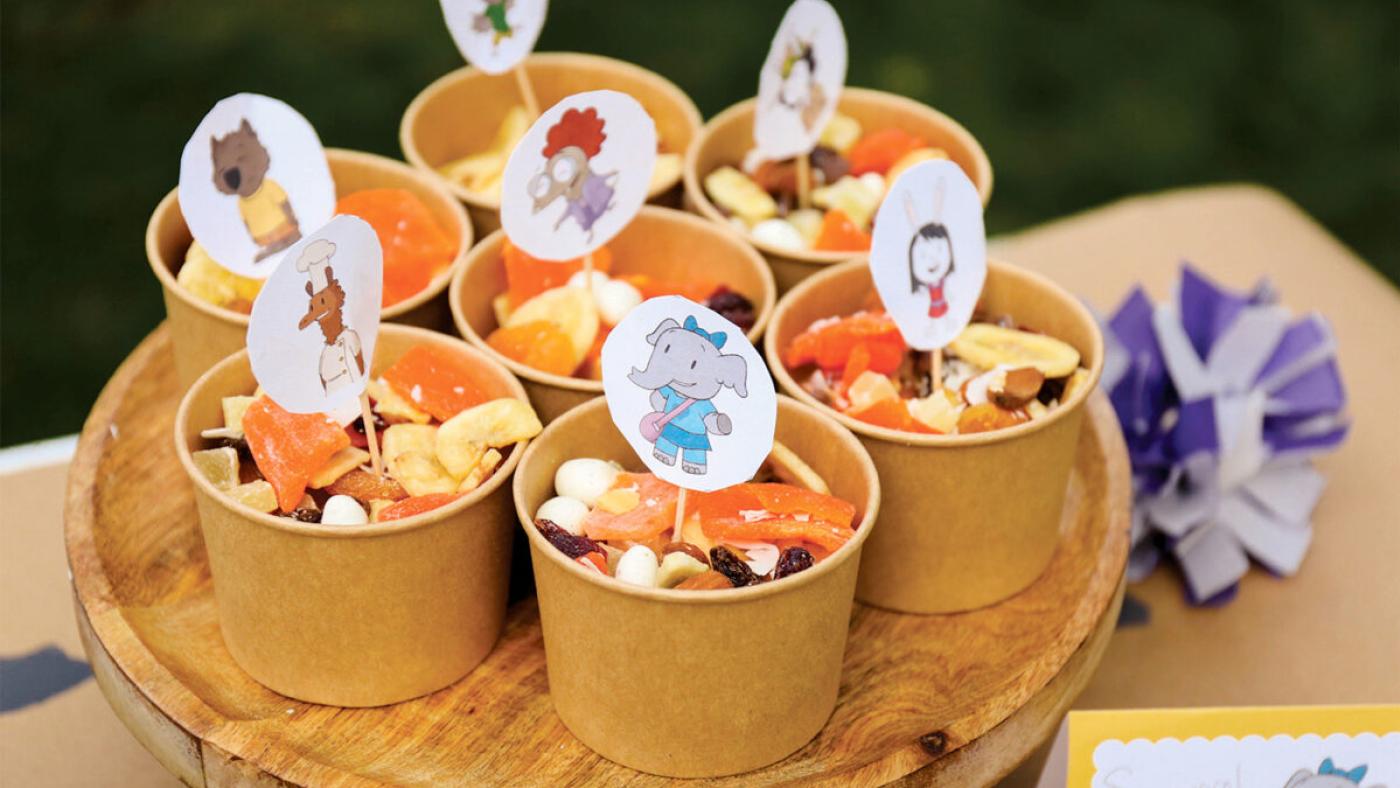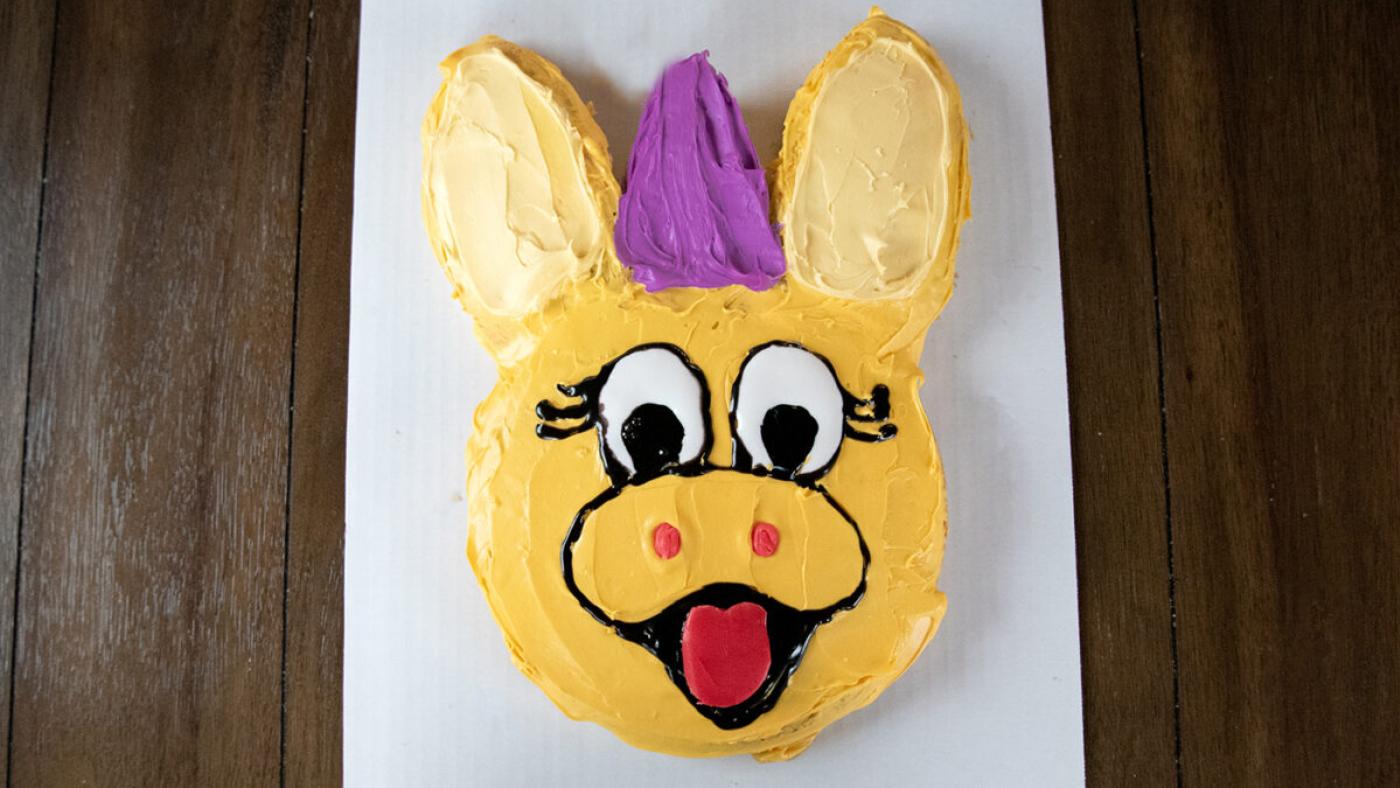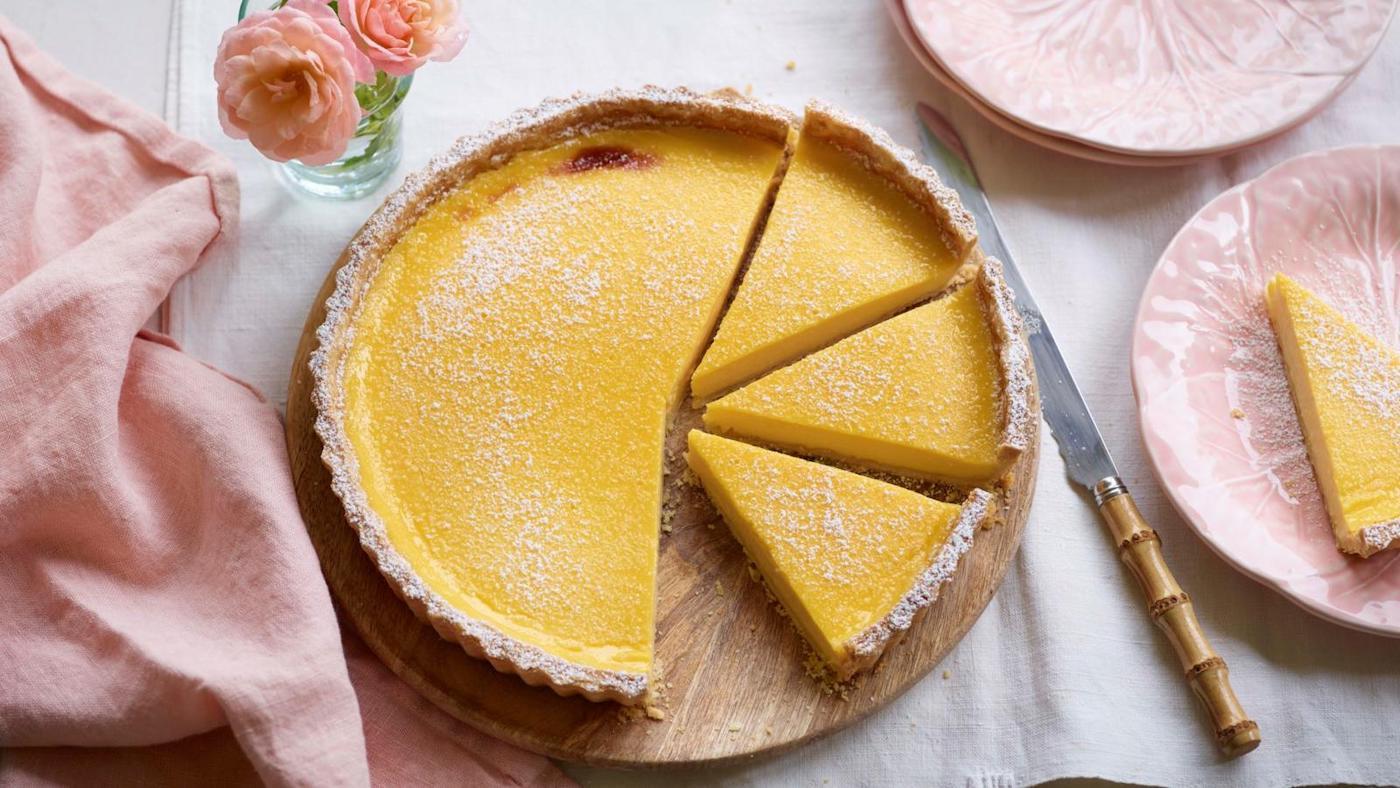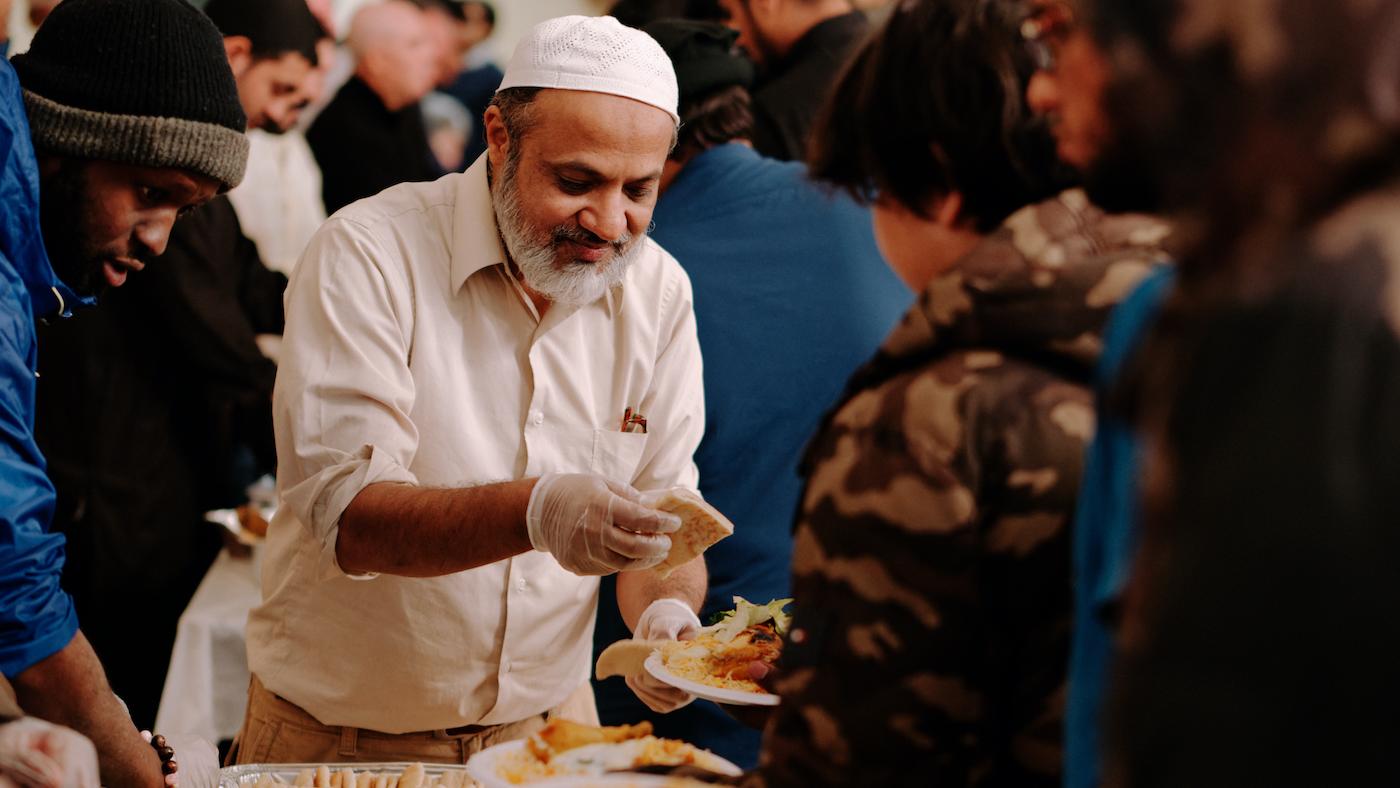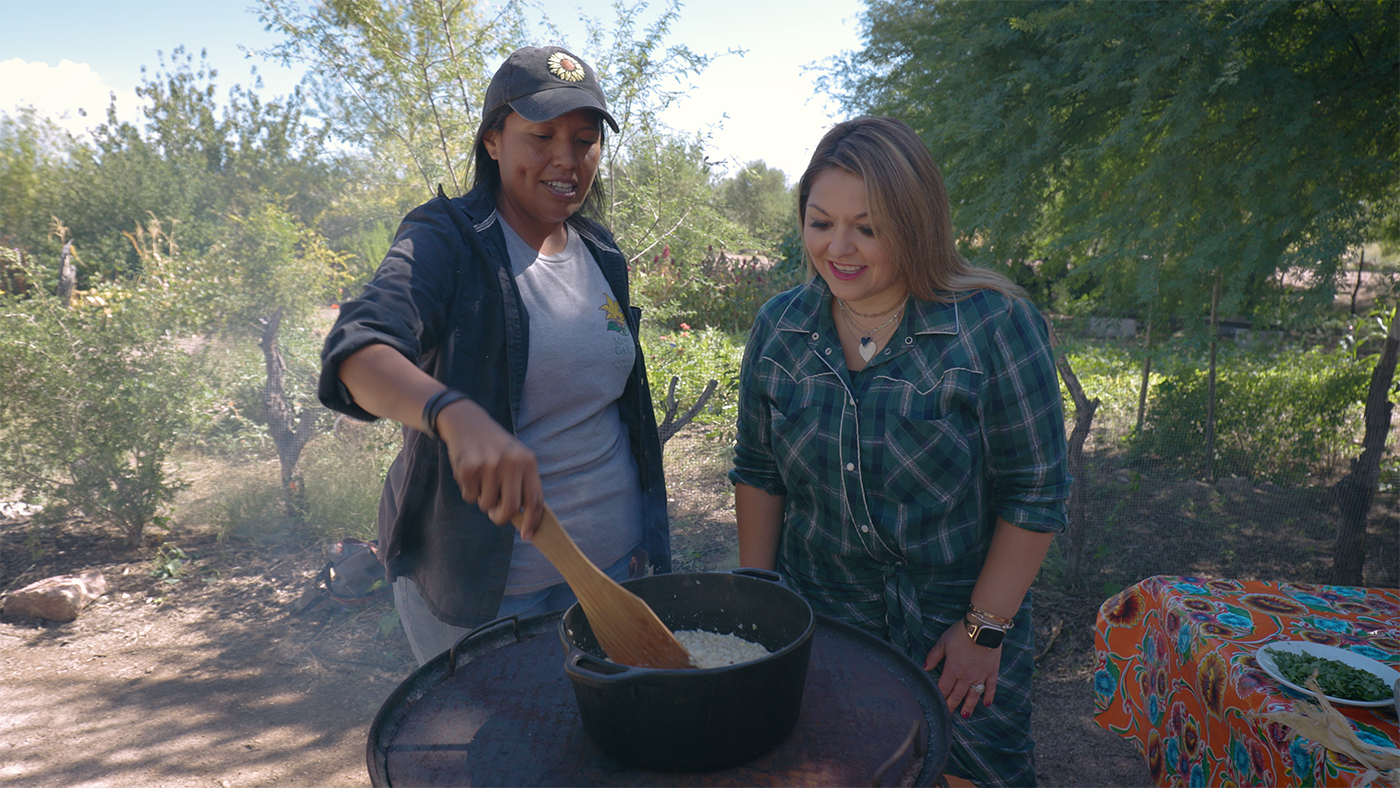"Everybody is Welcome": The Sikh Practice of Langar, a Free Meal Where Everyone is Equal
Daniel Hautzinger
April 5, 2022
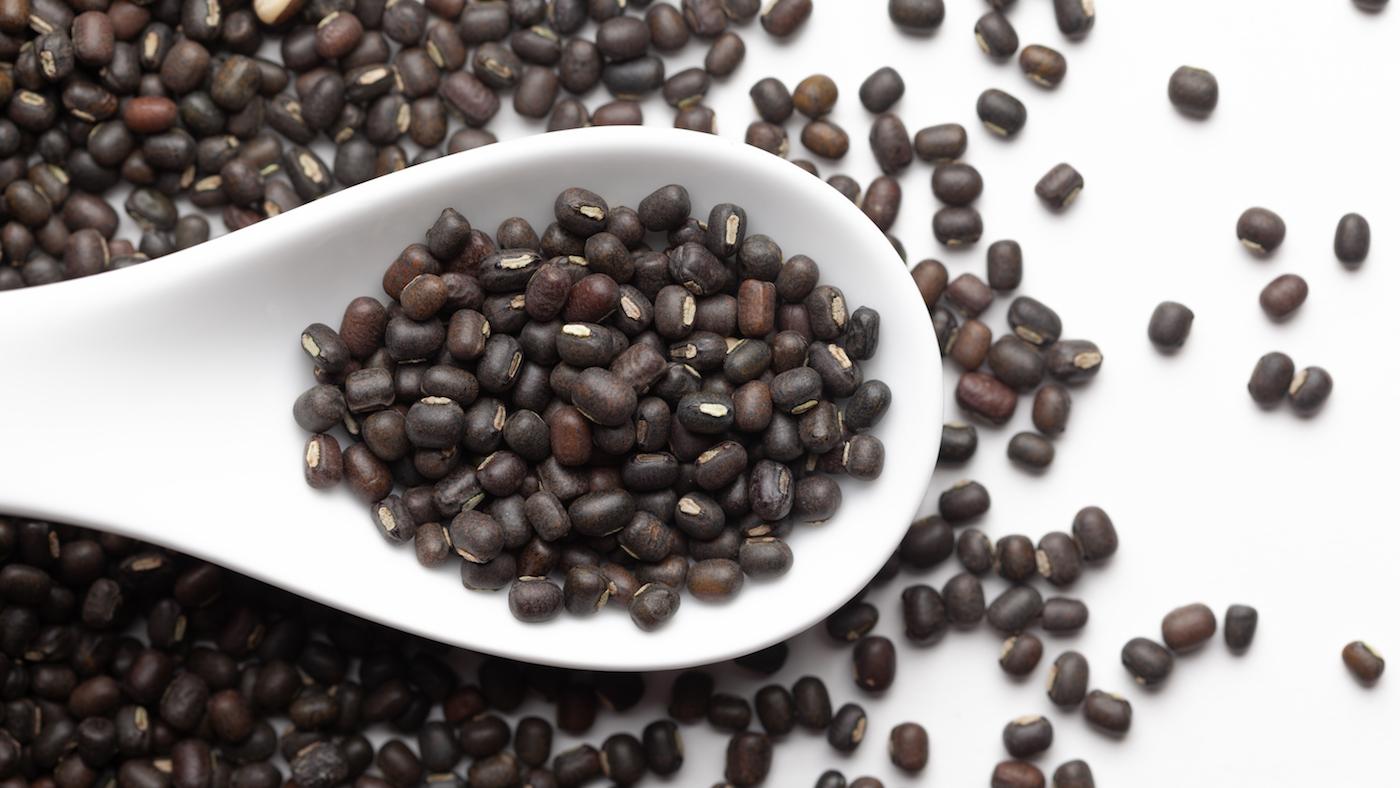
If you attend any service at a Sikh gurdwara, or temple, afterwards you will be invited to share a meal served and prepared by the worshippers there, no matter if it is your first time at a service or if you know nothing about Sikhism.
“Everybody is welcome,” says Rajinder Singh Mago, a member of a gurdwara in the northwestern Chicago suburb of Palatine. “Equality is the main point: the idea that nobody should be hungry, that food and water are a basic human right and should be served equally.”
That equality is manifest in the preparation and serving of langar: everyone contributes, no matter their status or wealth. Different worshippers at the gurdwara might buy groceries one week, while others rotate through cooking and serving the food, under the supervision of a staff member in charge of langar.
“It’s all volunteer,” Mago explains. “People might just walk into the kitchen and ask, ‘How can I help?’ Whatever people like to do, they just start.” A family might take on responsibility for a specific langar in the case of a birthday or anniversary, but receiving credit is not the point. “We call it ‘guru ka langar;’ it’s the guru’s langar, not any one person’s or group’s. It’s just a common kitchen open to all and we’re just volunteers contributing in selfless service”—a concept important to Sikhism called seva.
Langar originates in a story told about the founder of Sikhism, Guru Nanak. His father gave him money to do business in the city, but when he saw hungry people along the way, he spent all of the money feeding them instead. When he returned, his father asked him what business he engaged in, and he replied that he had made the best trade possible: he had fed hungry people. While his father was upset, his sister and the ruler of the area defended him. After that, any place that Guru Nanak set up as a teaching or worship place always had food.
A later guru expanded the concept of langar to emphasize equality. There is a story that the Mughal Emperor Akbar came to see the third guru, who asked the ruler to first sit on the floor and eat langar with all of the ordinary people of the gurdwara first. “You might be a millionaire, but you’re feeding a poor person or a homeless person,” Mago says. “It brings in humility, compassion, inner contentment. Everybody should be happy, everybody should be fed.”
Langar is always vegetarian and typically consists of simple South Asian dishes such as chapati, rice, a daal, and a vegetable. Maah-chhole daal, a stew of a black bean and split chickpeas, is a common dish served at langar. Mago shared his recipe for maah-chhole daal with us for April, Sikh Awareness and Appreciation Month in Illinois, true to the concept that langar “is not considered charity, it is considered a sharing.”
Maah-Chhole Daal
Maah daal is also known as Urad daal. It’s black in color. Its scientific name is Vigna Mungo. Chhole daal is split gram (chickpeas) pulse, also known as Chana daal. For this dish, Maah daal is mixed with about 25% of Chhole (Chana) daal. The mixture percentage is variable depending on the availability of daals. Sometimes Rajma (kidney beans) in place of Chana daal or both can be mixed in with the Urad daal.
Ingredients
1/2 cup black Maah (Urad) daal
2 tablespoons Chhole (Chana) daal
3 cloves garlic, finely chopped
1 inch ginger, chopped
1/4 teaspoon turmeric powder
1/2 teaspoon salt
2 tablespoons ghee (clarified butter) or cooking oil
1 teaspoon cumin (jeera)
1 onion, finely chopped
2 green chilies, finely chopped
1 tomato, finely chopped
2 tablespoon cilantro, finely chopped
1/4 teaspoon garam masala (optional)
Directions
1. Mix 1/2 cup black Maah (Urad) daal and 2 tablespoons Chhole (Chana) daal. Rinse the mixed daal in water two or three times to clean.
2. Add the mixed daal, garlic, ginger, turmeric, ghee or oil, salt, cumin, onion, chilies, tomato, coriander, and optional garam masala to a pressure cooker. (You can also use a slow cooker or Instant Pot.)
3. Add about 3 cups of water to the pressure cooker (keep the water level just above the daal level) and pressure cook for 5 whistles, or around 30 minutes.
4. Stir and mix well. Add water as needed to adjust consistency as required.
5. Enjoy with flatbread (roti), naan, or hot steamed rice.

